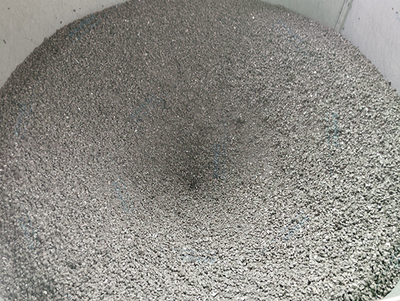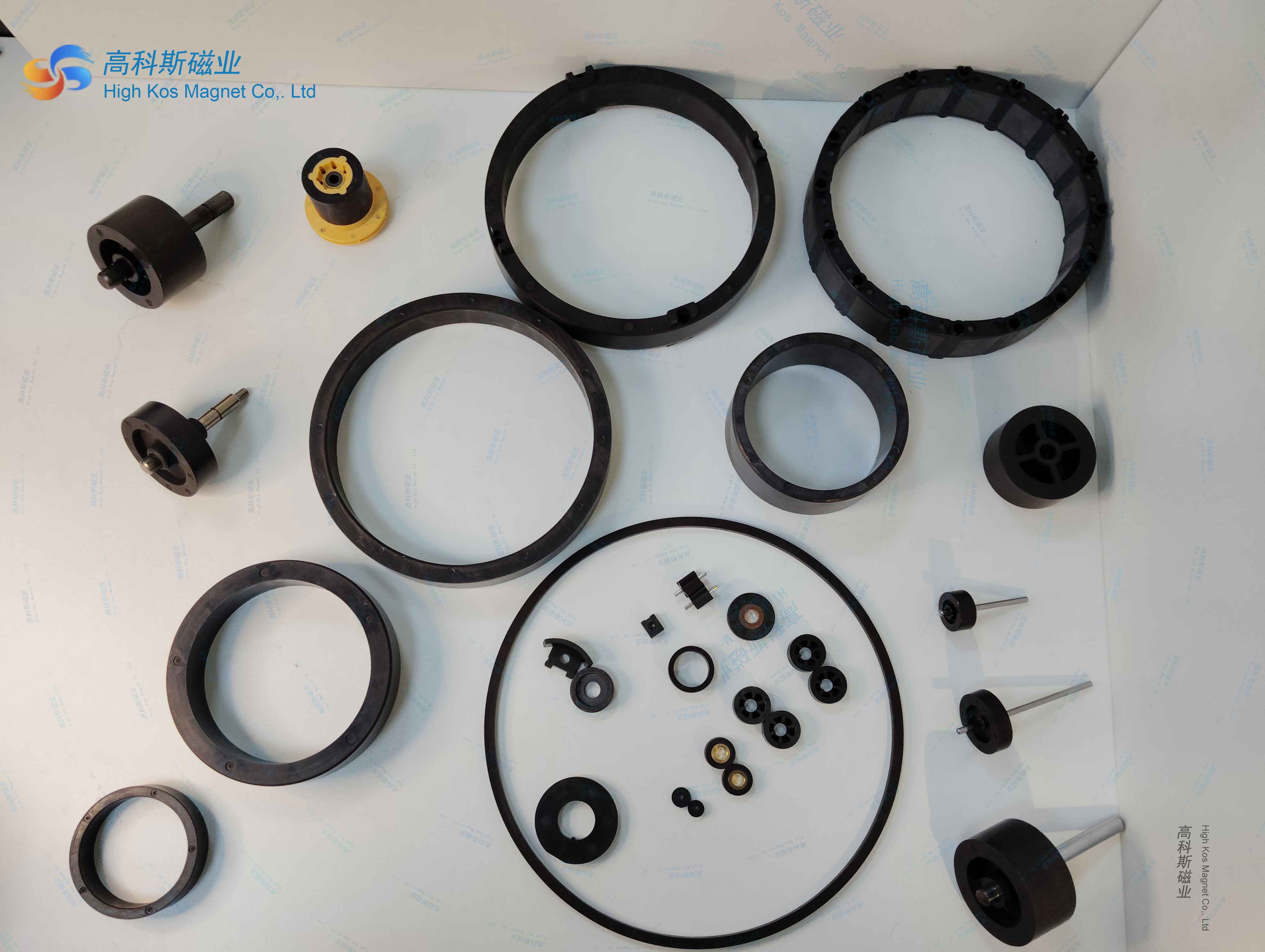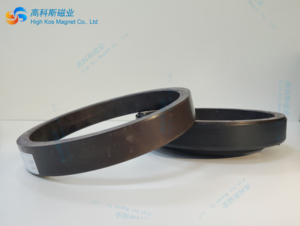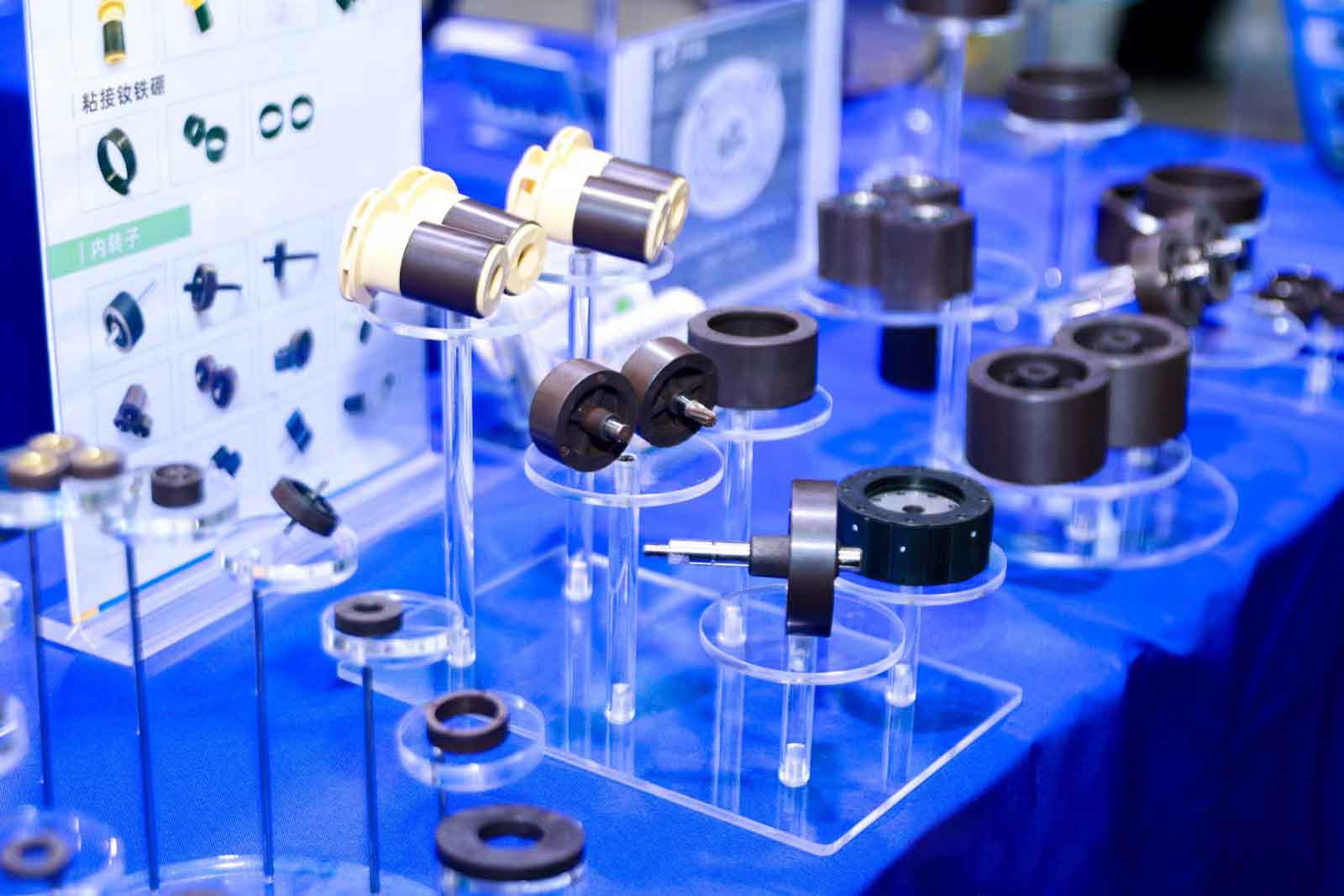Basic knowledge of magnetism - demagnetization field
The demagnetizing field is a reverse additional magnetic field generated during the magnetization of ferromagnetic materials. Its direction is opposite to the external magnetic field, weakening the overall magnetization effect of the material.
I. Definition and Principle of the Demagnetizing Field
Basic Concept
When a ferromagnetic material is magnetized, magnetic poles (N and S poles) form at its ends. The magnetic field produced by these poles is opposite to the original magnetization direction and is called the demagnetizing field (ΔH). The presence of the demagnetizing field reduces the actual magnetization intensity of the material, requiring a stronger external magnetic field to achieve the desired magnetization effect.Mathematical Expression
The demagnetizing field strength is related to the magnetization intensity (M) and the demagnetizing factor (N), expressed as:Here, N depends solely on the material's shape. Examples:
ΔH=−N⋅M
Infinitely long cylinder: N ≈ 0
Sphere: N ≈ 0.333
Short, thick cylinder: N is relatively large
II. Factors Affecting the Demagnetizing Field
Material Shape
Closed-loop samples (N=0) have no demagnetizing field.
Solid spheres (N≈0.333) have a moderate demagnetizing field.
Thin plates (N≈1) exhibit the strongest demagnetizing field.
L/D Ratio (Length-to-Diameter Ratio): A higher L/D results in a smaller demagnetizing field. For example, thin rods have a much weaker demagnetizing field than short, thick rods.
Geometric Shape:
External Magnetic Field Strength
A stronger external magnetic field leads to higher material magnetization, resulting in a stronger demagnetizing field.Magnetization Method
Alternating Current (AC): Due to the skin effect, current penetration is shallow, leading to a smaller demagnetizing field.
Direct Current (DC): The demagnetizing field is larger, requiring a higher magnetic field to counteract its influence.
III. Practical Applications and Challenges of the Demagnetizing Field
Optimization of Magnetization Processes
Permanent Magnet Design
Risk Factors of Demagnetization




